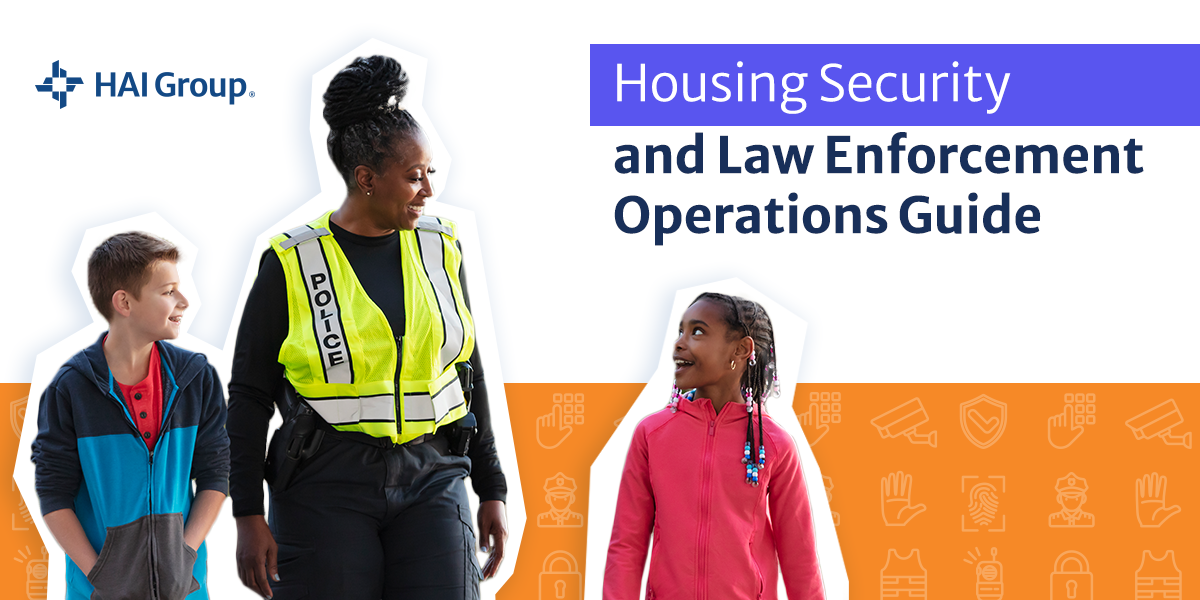Safety isn’t just a priority—it’s a responsibility shared by every stakeholder in multifamily housing. Whether you’re managing a property, overseeing security staff, or fostering relationships with local law enforcement, the right strategies can make all the difference in preventing crime and protecting your community.
This guide outlines practical, field-tested approaches to housing security—from building social capital and establishing protocols to hiring and managing security personnel. You’ll also find insight into ethical considerations, training practices, and the importance of written guidance to support long-term safety.
What you’ll learn
- How stakeholders, including management, residents, and owners, can work together to promote community security.
- Steps to proactively address physical and operational vulnerabilities in multifamily housing environments.
- Best practices for hiring, managing, and collaborating with in-house or contracted security personnel.
- The importance of developing formal policies, training programs, and administrative procedures for personnel.
- Ethical and operational considerations for security and law enforcement teams working in residential settings.
Why this matters
Security in multifamily housing goes beyond locks and lighting: it requires a comprehensive, collaborative approach. Housing organizations face unique challenges balancing resident safety, property protection, and community trust. Security issues can escalate without clear guidance and dedicated leadership, increasing liability and reducing residents’ quality of life.
Implementing proactive, transparent security protocols, including collaboration with local law enforcement, detailed policy development, and targeted training, can significantly reduce crime, improve stakeholder relations, and maintain safe, livable communities.
Access more resources
Explore our Resource Center for additional materials, including sample policies, training recommendations, and crime prevention strategies tailored for housing professionals and community safety teams.
Stay connected
Sign up for our blog to get the latest updates on risk management, resident safety, training programs, and housing policy. Learn from industry experts and access tools to help you stay ahead of emerging security challenges.
This article is for general information only. HAI Group® makes no representation or warranty about the accuracy or applicability of this information for any particular use or circumstance. Your use of this information is at your own discretion and risk. HAI Group® and any author or contributor identified herein assume no responsibility for your use of this information. You should consult with your attorney or subject matter advisor before adopting any risk management strategy or policy.
HAI Group® is a marketing name used to refer to insurers, a producer, and related service providers affiliated through a common mission, management, and governance. Property-casualty insurance and related services are written or provided by Housing Authority Property Insurance, A Mutual Company; Housing Enterprise Insurance Company, Inc.; Housing Specialty Insurance Company, Inc.; Housing Investment Group, Inc.; and Housing Insurance Services (DBA Housing Insurance Agency Services in NY and MI).








